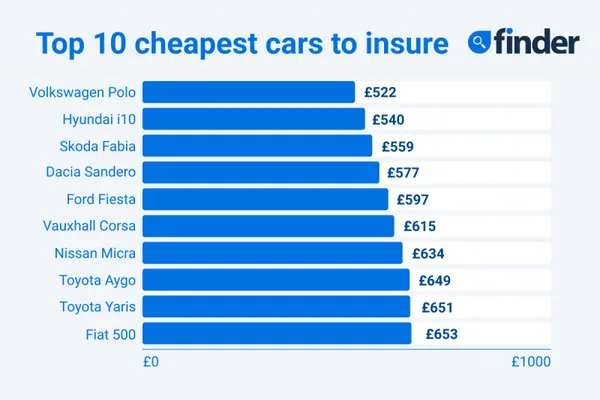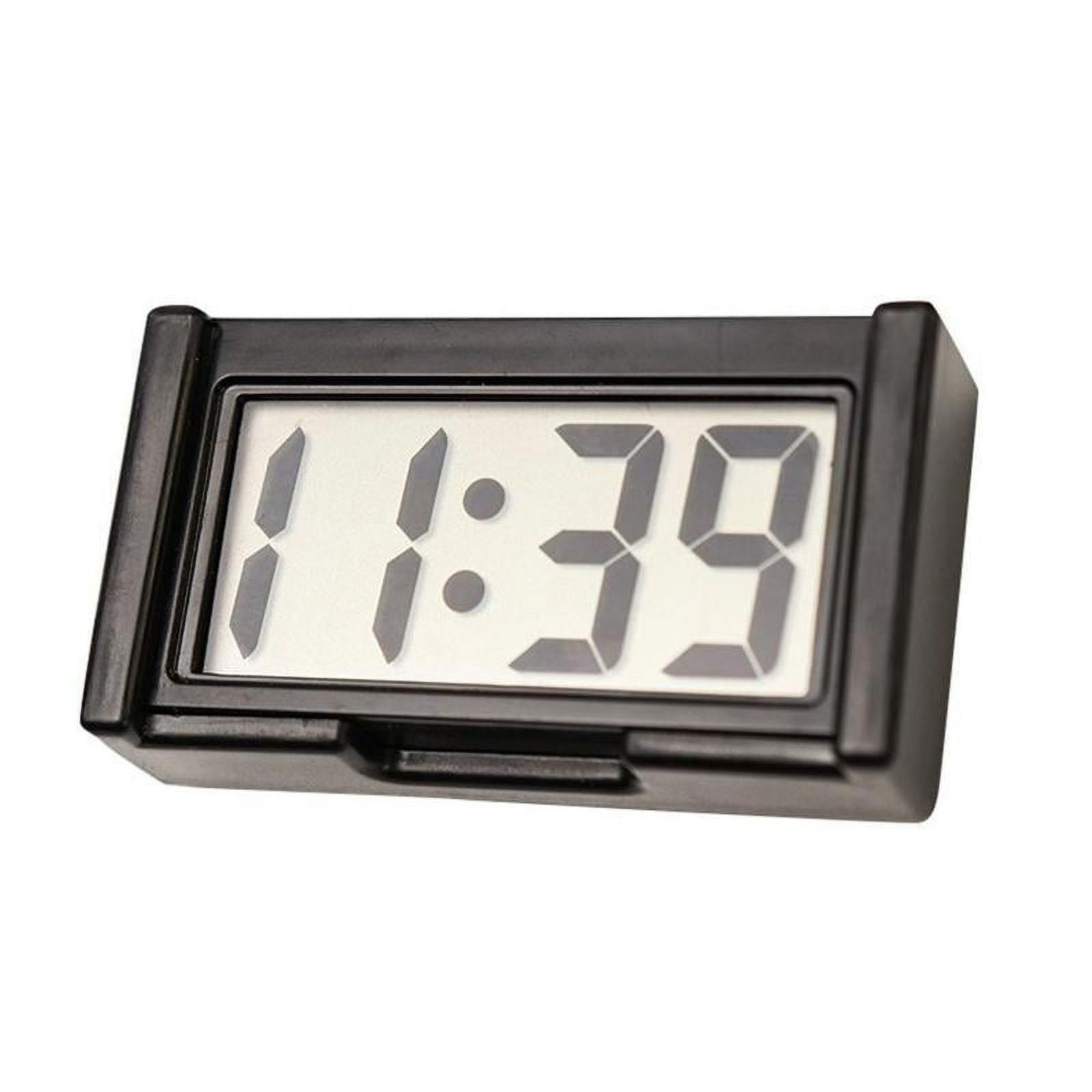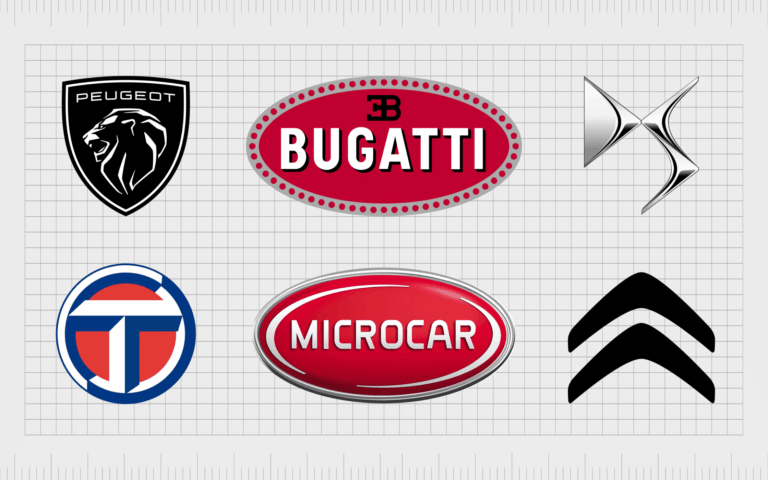Insurance For A Brand New Car: Your Ultimate Guide to Protecting Your Investment
Insurance For A Brand New Car: Your Ultimate Guide to Protecting Your Investment cars.truckstrend.com
Driving a brand new car off the lot is an exhilarating experience. The scent of new upholstery, the pristine paint job, the quiet hum of a perfectly tuned engine – it’s a moment many dream of. But before you fully immerse yourself in the joy of your new wheels, there’s a crucial step that often gets overlooked in the excitement: securing the right insurance. Insurance for a brand new car isn’t just a legal requirement; it’s a vital safeguard for one of your most significant recent investments.
Unlike insuring a used vehicle, a brand new car presents unique considerations for insurance. Its higher value, susceptibility to rapid depreciation, and the desire to maintain its pristine condition necessitate specific types of coverage and a more thoughtful approach to policy selection. This comprehensive guide will walk you through everything you need to know about insuring your shiny new vehicle, ensuring you’re protected from the moment you turn the key.
Insurance For A Brand New Car: Your Ultimate Guide to Protecting Your Investment
Why Insurance for a Brand New Car is Different and Crucial
A brand new car represents a substantial financial commitment. Its value is at its peak the moment you drive it home, making it a prime target for potential losses due to accidents, theft, or other unforeseen events. Here’s why insuring a new car requires special attention:
- High Replacement Cost: If your new car is totaled or stolen, replacing it will be expensive. Adequate coverage ensures you can afford a comparable replacement without significant out-of-pocket expenses.
- Rapid Depreciation: Cars begin to depreciate the moment they leave the dealership. This rapid loss in value can create a significant gap between what you owe on a loan and what your standard insurance payout would be if the car is totaled.
- Repair Complexity and Cost: New cars often feature advanced technology and specialized components, making repairs more complex and costly than older models.
- Lender Requirements: If you’ve financed your new car, your lender will almost certainly require you to carry specific types and levels of coverage to protect their investment, typically including comprehensive and collision.

Understanding these unique aspects is the first step toward securing the ideal insurance policy for your new ride.
Essential Types of Car Insurance Coverage for New Vehicles
While some coverages are standard for any vehicle, certain types become particularly critical when insuring a brand new car:
Liability Insurance (Bodily Injury & Property Damage): This is the most basic, legally required coverage in most states. It covers damages you cause to other people (bodily injury) or their property (property damage) in an at-fault accident. For a new car, while it doesn’t directly protect your vehicle, it protects your assets from potentially devastating lawsuits. Always opt for higher limits than the state minimums to ensure adequate protection.
-
Collision Coverage: This coverage pays for damages to your vehicle resulting from a collision with another car or object, regardless of who is at fault. Given the high cost of new car repairs or replacement, collision coverage is non-negotiable for a new vehicle.
-
Comprehensive Coverage: Often paired with collision, comprehensive coverage protects your new car from non-collision-related incidents. This includes damage from fire, theft, vandalism, falling objects (like tree branches), natural disasters (hail, floods), and animal collisions. With the high value of a new car, comprehensive coverage offers peace of mind against a wide array of potential misfortunes.
-
Uninsured/Underinsured Motorist (UM/UIM) Coverage: This protects you if you’re involved in an accident with a driver who either doesn’t have insurance or doesn’t have enough insurance to cover your damages and medical bills. Given the high cost of new car repairs and potential medical expenses, UM/UIM is a crucial safeguard.

New Car Specific Coverages: Bridging the Gaps
Beyond the standard policies, several specialized coverages are highly recommended, if not essential, for a brand new car:
-
Gap Insurance (Guaranteed Asset Protection): This is arguably the most important coverage for a financed new car. As mentioned, new cars depreciate quickly. If your car is totaled or stolen, your standard collision or comprehensive payout will be based on its actual cash value (ACV) at the time of the loss, not what you owe on your loan. Gap insurance covers the "gap" between your car’s ACV and the remaining balance on your auto loan or lease, preventing you from being upside down on a car you no longer have.
-
New Car Replacement Coverage: Some insurers offer this as an endorsement. If your new car is totaled within a certain timeframe (e.g., within the first 1-3 years or 15,000-25,000 miles), this coverage pays to replace it with a brand new car of the same make and model, rather than just its depreciated actual cash value. This is a significant benefit for new car owners.
-
Rental Car Reimbursement: If your new car is in the shop for covered repairs after an accident or other covered event, this coverage helps pay for a rental car, ensuring you’re not left without transportation.
-
Roadside Assistance: While many new cars come with manufacturer roadside assistance, having it through your insurance policy can be a convenient backup, covering services like towing, flat tire changes, battery jump-starts, and fuel delivery.
Factors Affecting Insurance Premiums for New Cars
The cost of insuring your brand new car isn’t arbitrary. Several factors play a significant role in determining your premium:
- Vehicle Make, Model, and Value: More expensive, powerful, or luxury vehicles typically cost more to insure due to higher repair costs and greater risk of theft. Cars with excellent safety ratings or advanced safety features (like automatic emergency braking) may qualify for discounts.
- Driver’s Record: A clean driving record with no accidents or violations will result in lower premiums. New drivers or those with a history of claims will face higher rates.
- Age and Experience: Younger, less experienced drivers generally pay more for insurance due to statistical higher risk.
- Location: Urban areas with higher traffic density, crime rates, or severe weather patterns often have higher premiums than rural areas.
- Credit Score (in some states): In many states, insurers use a credit-based insurance score as a factor, correlating higher scores with lower risk.
- Deductibles: Your deductible is the amount you pay out-of-pocket before your insurance kicks in. Choosing a higher deductible typically lowers your premium, but ensure you can comfortably afford it if you need to file a claim.
- Discounts: Many insurers offer a variety of discounts (see below).
How to Get the Best Insurance for Your New Car: Practical Advice
Securing optimal coverage at a competitive price requires a proactive approach:
- Shop Around Extensively: Never settle for the first quote you receive, or simply renew with your existing insurer. Get quotes from at least 3-5 different insurance providers. Rates can vary significantly for the exact same coverage.
- Bundle Your Policies: If you have homeowner’s or renter’s insurance, inquire about bundling your auto policy with the same insurer. This often leads to substantial multi-policy discounts.
- Inquire About All Available Discounts:
- Multi-Car Discount: If you’re insuring more than one vehicle.
- Good Driver/No Claims Discount: For maintaining a clean driving record.
- Good Student Discount: For young drivers with good academic performance.
- Anti-Theft Device Discount: For cars equipped with alarms, immobilizers, or tracking systems.
- Low Mileage Discount: If you don’t drive your new car frequently.
- Pay-in-Full Discount: For paying your premium upfront.
- Defensive Driving Course Discount: For completing an approved course.
- Choose the Right Deductible: While a higher deductible lowers your premium, make sure it’s an amount you can comfortably pay if you need to file a claim. For a new car, ensure the savings outweigh the potential out-of-pocket cost.
- Understand Your Policy: Don’t just look at the premium. Read the fine print of each policy. Understand what’s covered, what’s excluded, and the specific limits and deductibles for each type of coverage.
- Consider Your Driving Habits: If your new car will primarily be a weekend cruiser with low mileage, inform your insurer.
- Don’t Wait Until the Last Minute: Begin researching and getting quotes before you even pick up your new car. You’ll need proof of insurance to drive it off the lot. Many insurers can provide a binder (temporary proof of insurance) immediately.
Potential Challenges and Solutions
- Under-insuring: A common pitfall is opting for minimum coverage to save money. For a new car, this is a risky gamble. Solution: Prioritize comprehensive, collision, and especially gap insurance. The initial savings are often dwarfed by potential out-of-pocket costs after an accident.
- Not Understanding Depreciation: Many new car owners are shocked by how much their car’s value drops in the first year. Solution: Gap insurance is your best friend here. It prevents you from owing money on a car that no longer exists.
- Assuming Dealer Insurance is Best: While convenient, the insurance offered by dealerships may not always be the most competitive or comprehensive. Solution: Always shop around independently. You are not obligated to use their recommended provider.
- Forgetting to Update Policy: If you traded in an old car, ensure your old policy is canceled and the new car is properly added. Solution: Double-check policy details immediately after purchase and confirm all vehicles are accurately listed.
Sample Annual Premium Estimates for a Brand New Car
It’s impossible to give exact prices as premiums vary widely based on location, driver profile, vehicle, and insurer. However, this table provides hypothetical annual ranges for a new car and illustrates how different coverages contribute to the overall cost.
| Coverage Type | Estimated Annual Range (New Car) | Why it’s Important for New Cars | Typical Deductible |
|---|---|---|---|
| Liability | $600 – $1,500 | Essential legal protection for damages to others. | N/A |
| Collision | $800 – $2,200 | Covers damage to your new car in an accident. | $500 – $1,000 |
| Comprehensive | $300 – $900 | Protects against theft, vandalism, weather, animal collisions. | $250 – $500 |
| Gap Insurance | $50 – $150 | Crucial for financed new cars; covers loan/ACV difference. | N/A |
| New Car Replacement | $50 – $100 | Replaces your totaled new car with another new one (if eligible). | N/A |
| Rental Reimbursement | $30 – $60 | Covers cost of rental car while yours is repaired. | N/A |
| Roadside Assistance | $15 – $30 | Provides emergency services like towing, jump starts. | N/A |
| Total Estimated Annual Premium | $1,845 – $4,940+ | (Highly variable based on driver, car, location, discounts) | Varies |
Disclaimer: These are rough estimates for illustrative purposes only. Actual insurance premiums will vary significantly based on your specific circumstances, the car you choose, your driving record, location, chosen deductibles, and the insurer. Always obtain personalized quotes.
Frequently Asked Questions (FAQ) About New Car Insurance
Q1: Do I need insurance before I drive my new car off the lot?
A: Yes, absolutely. In almost all states, you are legally required to have proof of insurance before you can drive any vehicle, including a brand new one, off the dealership lot. Your dealer will require this proof.
Q2: Is Gap Insurance really necessary for a new car?
A: If you are financing or leasing your new car, Gap Insurance is highly recommended. New cars depreciate rapidly, and if your car is totaled or stolen early in your ownership, standard collision/comprehensive coverage will only pay out the car’s actual cash value, which could be less than what you still owe on your loan. Gap insurance covers this difference, preventing you from being "upside down" on your loan.
Q3: How does depreciation affect my insurance claim on a new car?
A: Standard insurance policies (collision and comprehensive) typically pay out the "actual cash value" (ACV) of your vehicle at the time of the loss, which accounts for depreciation. This means the payout might be less than what you paid for the car, or what you still owe on your loan. This is precisely why Gap Insurance and New Car Replacement coverage are so valuable for new cars.
Q4: Can I just transfer my old car’s insurance policy to my new car?
A: You can usually "transfer" your policy by notifying your insurer and updating the vehicle information. However, the premium will almost certainly change due to the new car’s value and type. It’s crucial to confirm coverage levels are appropriate for a new car and to get a revised quote. Many insurers offer a grace period (e.g., 7-30 days) during which your new car is covered under your existing policy, but you must notify them within that time.
Q5: When should I start getting insurance quotes for my new car?
A: Start getting quotes as soon as you know which specific make and model you plan to purchase. This allows you to compare prices and ensure you have a policy ready to go on the day you pick up the car. Some people even factor insurance costs into their car-buying decision.
Conclusion
Insuring a brand new car is more than just a legal obligation; it’s a strategic decision to protect a significant investment. By understanding the unique aspects of new car insurance, exploring essential and specialized coverages like Gap Insurance and New Car Replacement, and actively shopping for the best rates and discounts, you can ensure your prized possession is adequately protected from the moment it leaves the showroom. Don’t let the excitement of a new car overshadow the importance of smart insurance planning. Drive confidently, knowing you’ve built a robust shield around your new ride.






